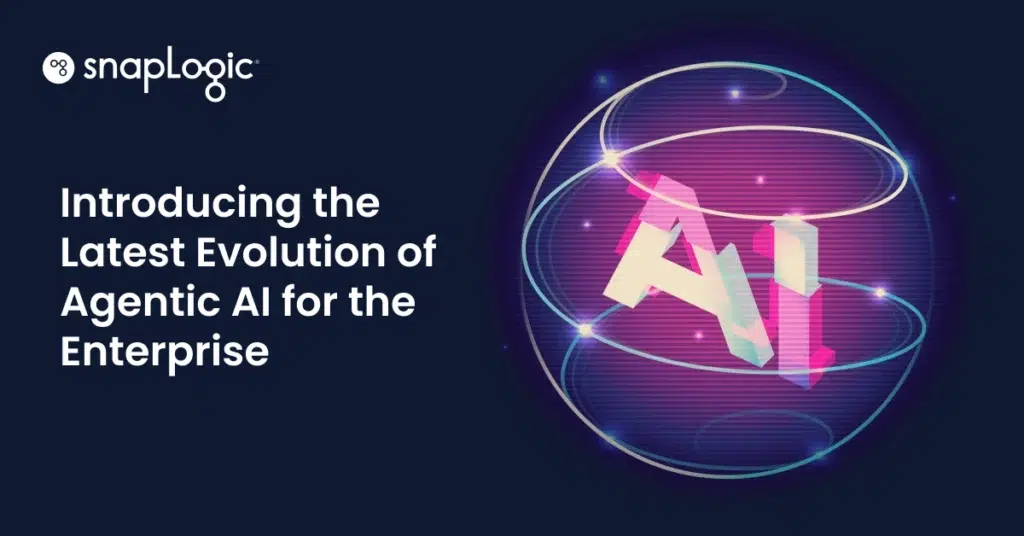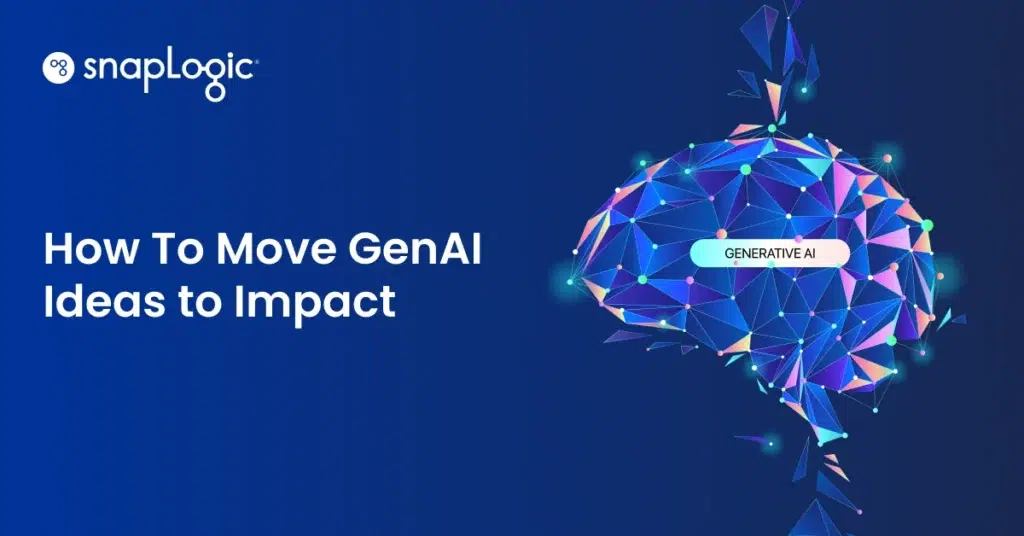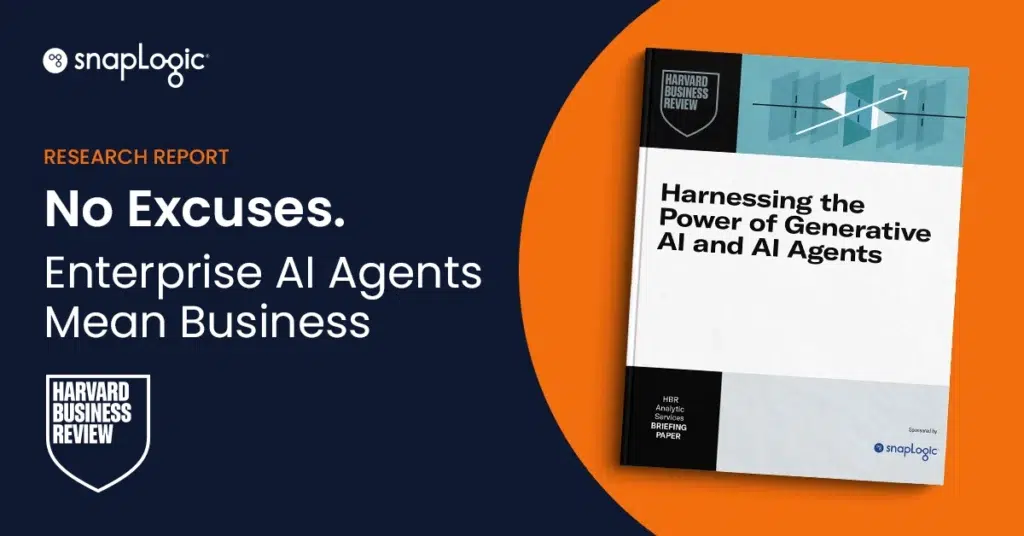What is deep learning?
Deep learning is a type of machine learning where machines try to understand and improve their ability to perform a task. With deep learning, systems do this by gathering as much information about the task as possible. Deep learning is different from task-specific algorithms, which directly tell a machine how to solve a problem.
Deep learning draws its inspiration from how the brain functions. In most models, processors are arranged so as to mimic the architecture of the brain. Like the brain, information is passed from one layer to another. The “deep” in “deep learning” refers to the number of layers information goes through. For this reason, deep learning systems are often known as artificial neural networks.
Through deep learning, systems analyze huge amounts of data. The machine then learns to use this data in a new situation it hasn’t met before. Take a driverless car for example. Normally a camera has no way of distinguishing a Stop sign from other things that it sees. With deep learning, millions of images of Stop signs will be analyzed. After this deep learning process, it will be able to identify a Stop sign from other signs, billboards, windows, or random objects.
The rise in deep learning is due to increases in processor speed and the availability of vast amounts of data. This allow companies and institutions to tackle interesting machine learning problems. The use of deep learning is linked to advances in artificial intelligence. It allows a machine to “think” about how to approach new problems.
Research and applications of deep learning are rising. It is used in medical research, finance, and the military. The use of AI APIs in software applications is also increasing. Voice recognition on an Amazon Echo or face recognition as a security measure use deep learning to improve everyday life.









